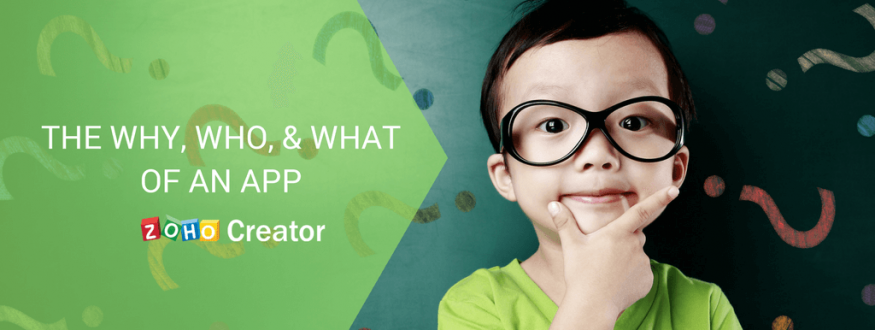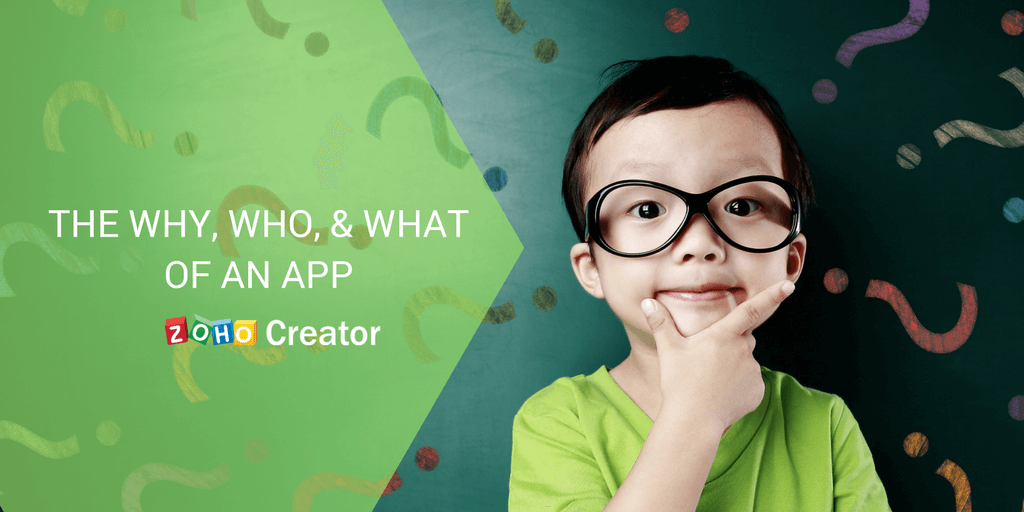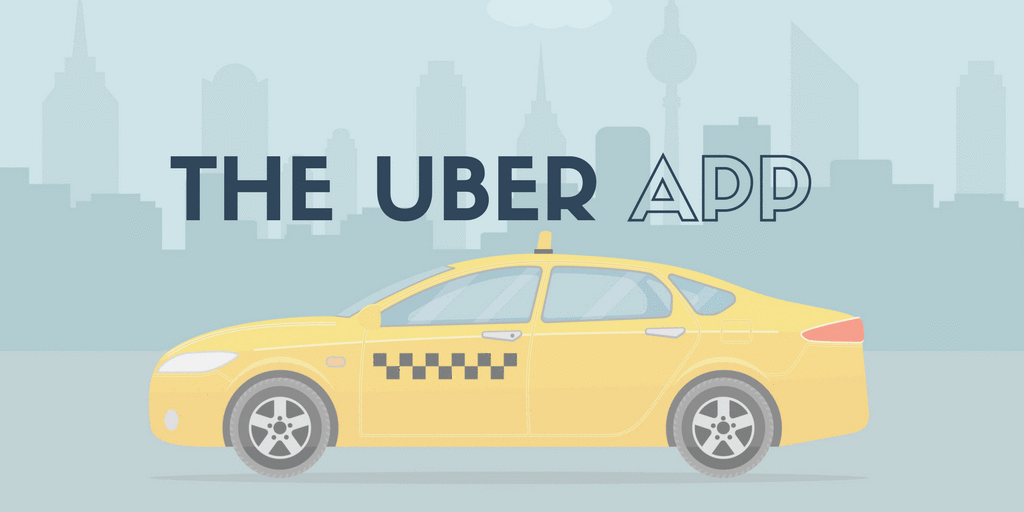Have you ever wondered what goes through a developer’s mind when they’re building an app? I discussed this with the product developers on my team, and I was intrigued by their thoughts on the subject. And as we dove deeper into the question, the conversation went from technical to outright philosophical. In this blog post, the focus will be on this planning philosophy.
There are 3 questions that are critical to ask yourself when you start the app-planning process.
1. Why build a business app?
Some apps are made to manage orders, some to conduct recruitment tests, some to book appointments…the list goes on. But if you strip it down to the basic idea, every app does the same thing—they solve a resource allocation problem.
Does that make sense?
Let’s look at some examples:
Event management app – Resource: seat in an event
Appointment booking app – Resource: time slot for a service appointment
Order management app – Resource: goods sold
You get the idea.
2. Who is the app for?
All businesses are one of two types: product-based or service-based. A business app is always built by the “seller” for the “buyer.”A dental clinic, for instance, is a service-based business. They might use an appointment booking application. In this case, the dentist is the “seller,” and the patient is the “buyer.”
In a product-based business, like an online bookstore using an order management app, the “seller” is the one who lists books for sale and the “buyer” is the one who orders them.
3. What should the app do?
Broadly speaking, every app has three functions:
1. Collect
2. Connect
3. Optimize
Collect:
The app has to collect and store distinguishing information both about the product or service and the customers. These parameters—let’s call them qualities—define what’s being sold and to whom.
Take the example of the bookseller: On the product side, the qualities might include the title of the book, the type of binding, the number of pages, etc. The seller needs a way to collect this information.
On the customer side, the qualities are what differentiate one buyer from another. They may include a customer’s email address, username, or phone number.
Collecting this information helps in the optimize phase: You’ll have the data to analyze details like the sales of a certain book, the purchase behavior of a customer, etc.
Connect:
Before the app is rolled out, the seller needs to set up relationships between relevant qualities to cut down on repetitive actions—a kind of data-to-data relationship, which, in a way, is also a people-to-data relationship. For example, when the bookseller (people) wants to see a customer’s purchase patterns (data), it will be easier if there’s an established connection that links the data about that customer’s personal information and the books they’ve bought. That way, all the information can be fetched and displayed from one screen.
Optimize:
Analyzing and refining is a requisite for framing the data collection plan in any business. The book ordering app, for example, should have reports showing the number of books sold, the revenue made from sales, etc. Learning which books sell, or which age group purchases more often, can help correct the marketing plan and inform the decision-makers about which books to offer.
Putting it all together:
The flow of thought I have outlined above is not limited to how we as a company do it; it’s quite a generic process. The pattern holds true for all business apps.
I’ll finish off with a real-world example from Uber to make this point clear.
Here, the resource allocated is a seat in the car. The data collected about the driver is the license plate details, their mobile number, etc. For the customer, it’s location, name, email, and contact number.
The driver’s information and the customer’s information have a bi-directional connection. Drivers view pick-up details, while customers see the route, time to arrival, and the option to share ride details with friends.
Uber uses the booking data from the app to measure the demand for cars in different areas and to decide on region-wide driver density. In this way, they can serve their customers anywhere, around the clock, while increasing their earnings. This is one of the several instances of measuring and refining working through the app.
So the next time you decide to create an app, think about the case above and the three questions. If you start by considering resource allocation, the needs of your audience, and the information you want to capture, you’ll be well on your way to a great application.


